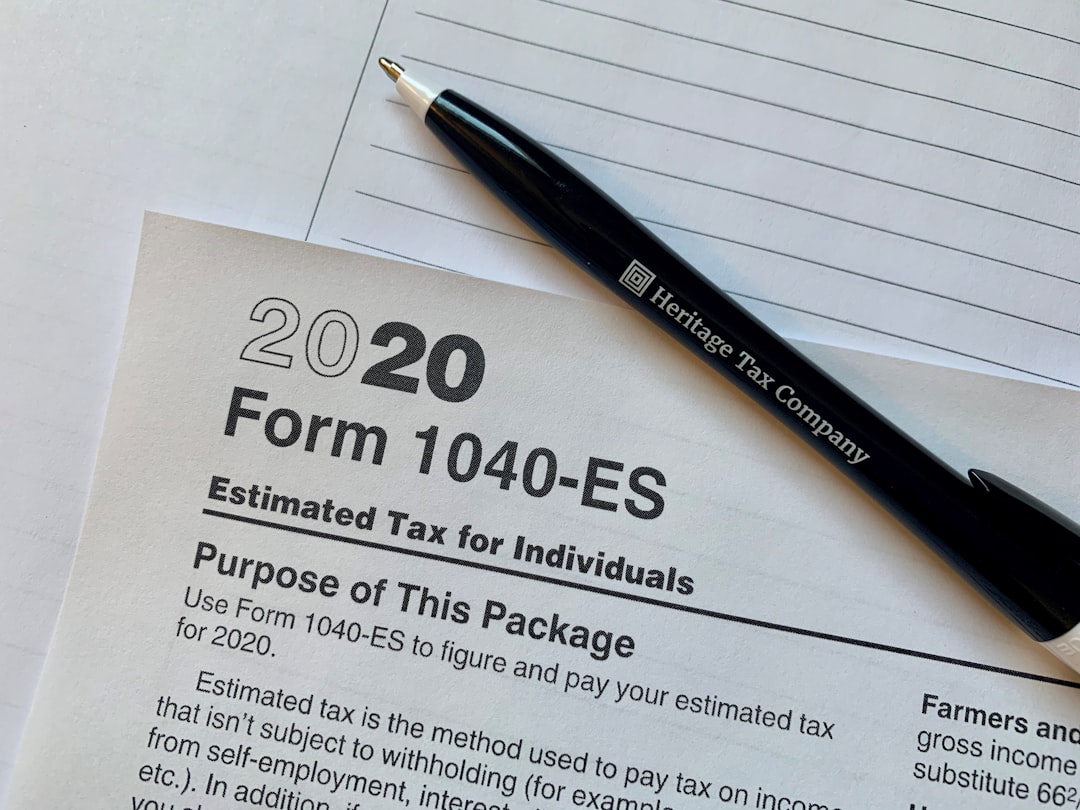Top 6 Tax-Free Investments to Enhance Your Portfolio

SEO Meta Description: Discover the top six tax-free investments to maximize your returns and build a tax-efficient investment portfolio. Learn strategies to minimize taxes and enhance your financial growth.
Investing is a powerful way to grow your savings over time. However, taxes on investment gains can significantly reduce your returns. Building a tax-efficient portfolio is essential to ensure you keep more of your earnings. By strategically selecting tax-free investments, you can maximize your returns while minimizing tax liabilities. Here are the top six tax-free investments to consider for enhancing your portfolio.
1. Municipal Bonds
Municipal bonds, or muni bonds, are issued by local governments to fund public projects like infrastructure development. When you invest in municipal bonds, you’re effectively lending money to the government in exchange for periodic interest payments. The primary advantage is that the interest earned is exempt from federal taxes, and in some cases, state and local taxes as well.
Benefits:
- Tax-Exempt Interest: Federal tax-free returns make muni bonds an attractive option for tax-efficient portfolios.
- Low Default Risk: Municipal bonds generally have a low risk of default, providing a stable income stream.
Considerations:
- Inflation Risk: Inflation can erode the real value of interest payments.
- Alternative Minimum Tax (AMT): Some muni bonds may be subject to AMT, impacting overall tax benefits.
2. Tax-Exempt Mutual Funds
Tax-exempt mutual funds typically invest in municipal bonds and other government securities. These funds offer the advantage of tax-free returns, combined with professional management and diversification across various securities.
Benefits:
- Diversification: Spread your investment across multiple municipal bonds, reducing individual bond risk.
- Tax Efficiency: Enjoy tax-exempt income without the need to manage individual bonds.
Considerations:
- Expense Ratios: High management fees can eat into your returns, so it’s crucial to compare expense ratios before investing.
- Return Rates: Assess the potential returns to ensure they meet your investment goals.
3. Tax-Exempt Exchange-Traded Funds (ETFs)
Similar to mutual funds, tax-exempt ETFs focus on municipal bonds but trade like stocks on an exchange. They offer the flexibility of trading throughout the day and often come with lower management fees.
Benefits:
- Lower Fees: Generally, ETFs have lower expense ratios compared to mutual funds.
- Liquidity: Ability to buy and sell throughout the trading day provides greater flexibility.
Considerations:
- Tracking Error: Ensure the ETF closely follows its underlying index to maintain tax efficiency.
- Market Fluctuations: ETFs are subject to market volatility, which can affect your investment value.
4. Roth IRAs and Roth 401(k)s
Roth IRAs and Roth 401(k)s are retirement accounts that offer tax-free growth and tax-free withdrawals in retirement. Contributions are made with after-tax dollars, but qualified distributions are entirely tax-free.
Benefits:
- Tax-Free Growth: Investments grow without being subject to taxes, enhancing long-term returns.
- No Required Minimum Distributions (RMDs): Continue growing your savings without mandatory withdrawals.
Considerations:
- Contribution Limits: Be mindful of annual contribution limits to maximize tax benefits.
- Income Eligibility: High earners may face restrictions on Roth IRA contributions.
5. Health Savings Accounts (HSAs)
HSAs are designed to save for medical expenses but offer unique tax advantages that make them a powerful tool for tax-efficient investing.
Benefits:
- Triple Tax Advantage: Contributions are tax-deductible, growth is tax-deferred, and withdrawals for qualified medical expenses are tax-free.
- Long-Term Savings: Funds can be invested and grow over time, providing a tax-free source of income for healthcare needs.
Considerations:
- Eligibility Requirements: Must be enrolled in a high-deductible health plan (HDHP) to qualify.
- Usage Restrictions: Withdrawals for non-medical expenses before age 65 incur taxes and penalties.
6. 529 College Savings Plans
529 plans are designed to save for education expenses, offering tax-free growth and withdrawals when used for qualifying education costs.
Benefits:
- Tax-Free Earnings: Investments grow without being subject to federal taxes.
- State Benefits: Some states offer additional tax deductions or credits for contributions.
Considerations:
- Qualified Expenses: Ensure funds are used for eligible education costs to maintain tax-free status.
- Investment Options: Review the plan’s investment choices to align with your risk tolerance and growth expectations.
Other Strategies for Tax Efficiency
Beyond these six tax-free investments, consider additional strategies to enhance your portfolio’s tax efficiency:
- Tax-Deferred Annuities: Allow investment gains to grow tax-deferred until withdrawal, potentially lowering your tax burden in retirement.
- Traditional 401(k) and IRAs: While not tax-free, they offer tax-deferred growth, reducing your taxable income in the contribution year.
Bottom Line
Building a tax-efficient portfolio can significantly enhance your financial growth by minimizing the taxes you pay on your investments. By incorporating tax-free investments like municipal bonds, tax-exempt mutual funds and ETFs, Roth accounts, HSAs, and 529 plans, you can maximize your returns and achieve your financial goals more effectively. Whether you manage your investments independently or seek guidance from a financial advisor, prioritizing tax efficiency is a crucial strategy for long-term success.
Ready to optimize your investment strategy with tax-efficient portfolios? Visit AI Forge today and take the next step towards maximizing your financial potential.




